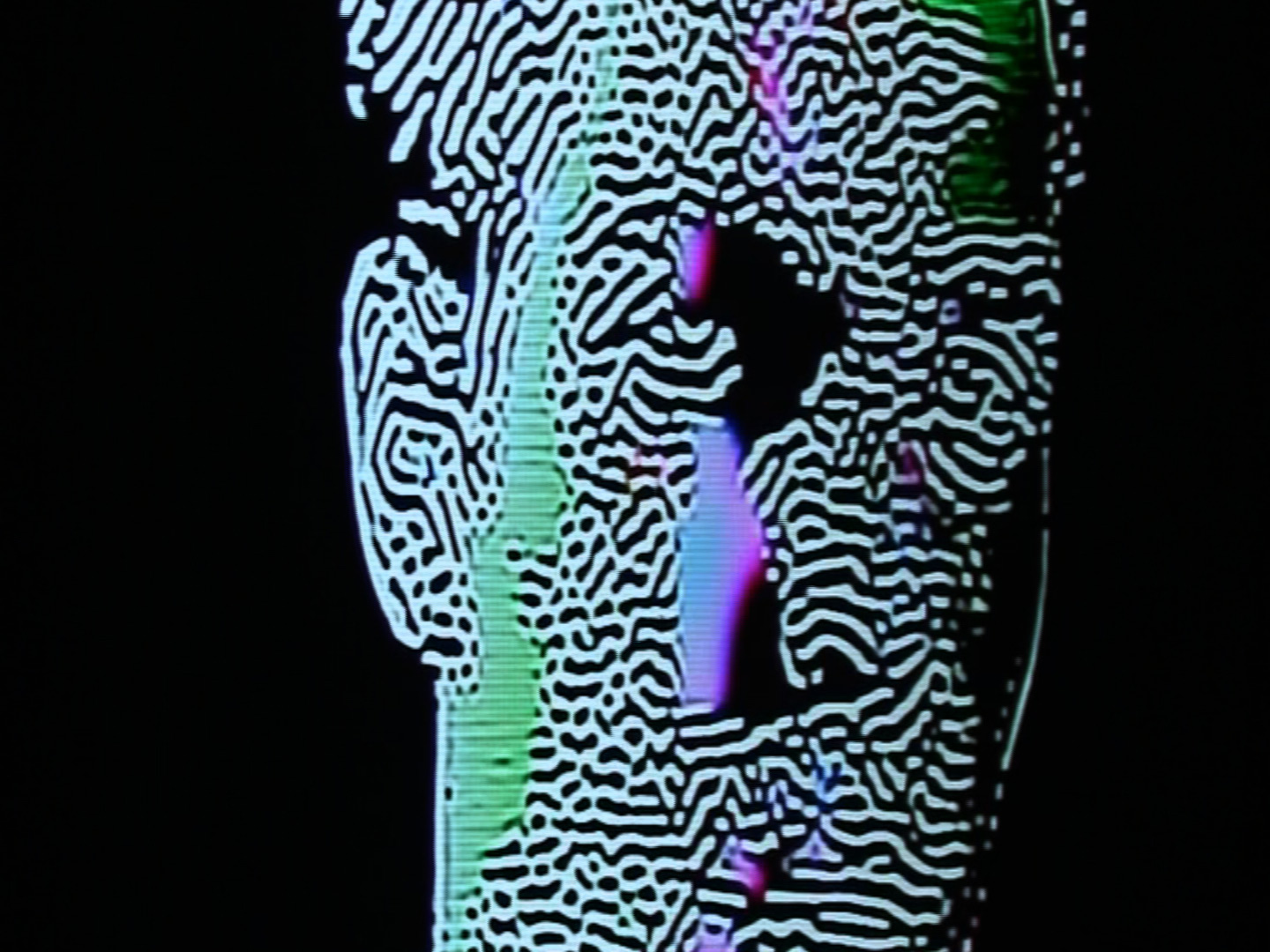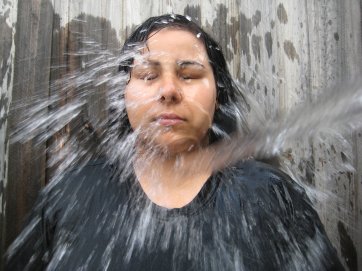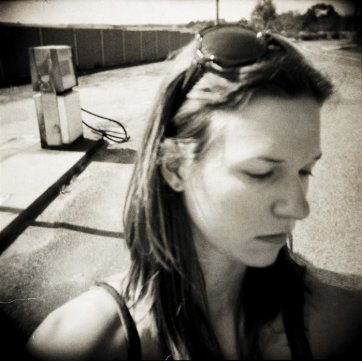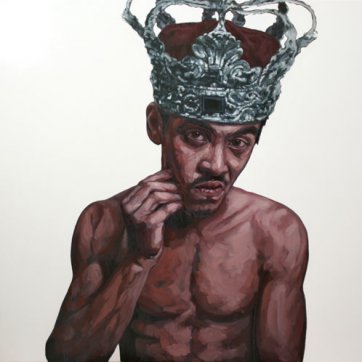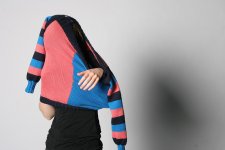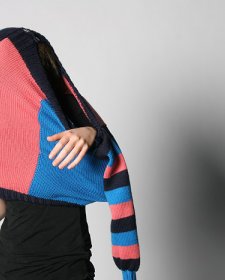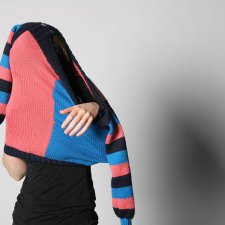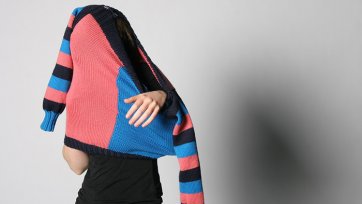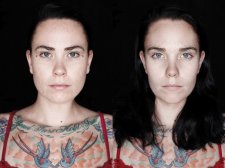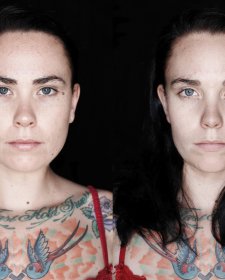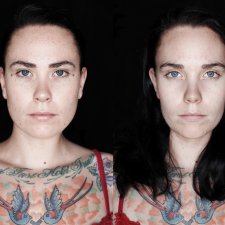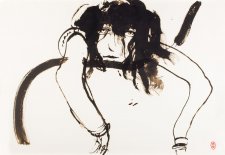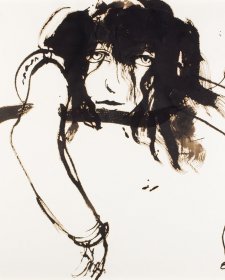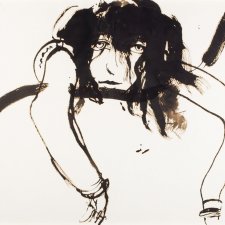Jessica Herrington won the inaugural National Youth Self Portrait Prize in 2008 with a work, Awkward self, that dwelt upon the difficulty we have revealing ourselves. 'The work has something to do with social acceptance and people's need to feel comfortable', she explained. 'It comes from those awkward moments that everyone encounters but so readily discards and tries not to recognise.' Herrington has received a great deal of attention since being awarded the $10,000 prize, sponsored by the Tallis Foundation and the Association of Australian Decorative and Fine Arts Societies. 'There has been an incredible amount of exposure for my work, invitations to exhibit in both group and solo shows, and I am now represented by a gallery for emerging artists in Sydney. The prize helped fund my studies at the Australian National University and start my career as an artist.'
The artists' approaches in this year's National Youth Self Portrait Prize demonstrate a maturing since last year. Aged 18 to 25 they depict not so much of their nervy, anxious selves but more introspective and contemplative attitudes, suggesting that their collective state of mind is one of acceptance rather than struggle. The effort now is towards solving or beginning the search for remedy rather than surrendering to despair.
For the works on paper and canvas, the influence of study and the awareness of historical styles are notable. So too is acknowledging the genre's long history by referencing past artists' self portraits–although it is hard to know if this is a statement of familiarity and understanding or an homage to a favourite artist.
Illustration, cartoon or using plain text are not new forms of self portraiture, but do stand out amongst the more traditional media. In the hands of artists born in the late 1980s and early 1990s these forms allow them to take a more whimsical or even absurdist approach to representing themselves.
There is a marked contrast between the staged and the real in this year's photomedia entries. Artists have either set themselves in a fantasy or chosen the natural world as their milieu. The controlled photographic studio portrait allows for a complete story to be told, whereas the spontaneous or accidental rendering is likely to contain superfluous elements, which must be embraced or 'photoshopped out'. More self portraits are nude this year and especially striking is the assured female sexuality, which stands in contrast to more diffident male artists' approaches.
The artists' statements also reveal the thoughts and feelings behind the submissions. 'Fear of rejection and judgment from others is pervasive', explains one artist; 'The twenty-first century is inundated with distortion and an apprehension towards the future condition of mankind', writes another. The concern about being typecast as 'Generation Y' is common, as is being worthy of respect.
Time-based media artist Hugh Marchant, currently studying at the College of Fine Arts at the University of New South Wales, has submitted an unusual moving image with sound. Influenced by the American experimental sound artist Alvin Lucier, Marchant's self portrait has been created by re-filming footage played on a television screen, transforming his original image into what he describes as 'a fingerprint or a zebra pattern' of an indistinct face. A selection of entries in the National Youth Self Portrait Prize 2009 – whether pushing the boundaries of new media art or traditional works created using oil and canvas – will be on display at the Gallery from 23 July to 13 September 2009, with the winner announced at the opening of the exhibition.
Helena Bezzina
